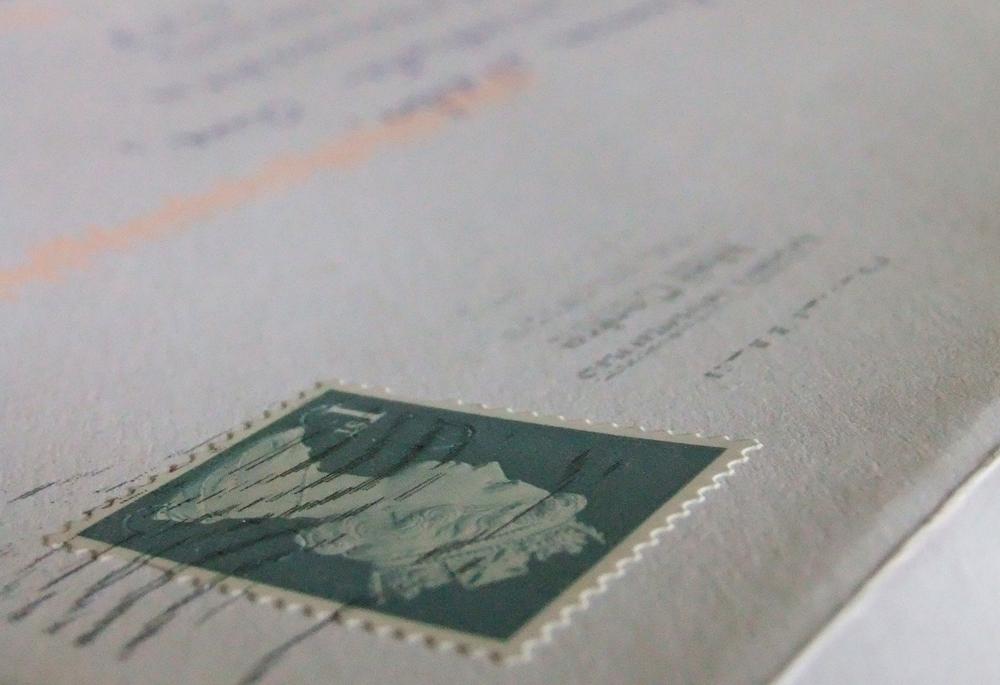Chapter 3. Headers
So far, we’ve seen various presentations of the HTTP format, and examined the idea that there is a lot more information being transferred in web requests and responses than what appears in the body of the response. The body is certainly the most important bit, and often is the meatiest, but the headers provide key pieces of information for both requests and responses, which allow the client and the server to communicate effectively. If you think of the body of the request as a birthday card with a check inside it, then the headers are the address, postmark, and perhaps the “do not open until…” instruction on the outside (see Figure 3-1).
This additional information gets the body data to where it needs to go and instructs the target on what to do with it when it gets there.

Request and Response Headers
Many of the headers you see in HTTP make sense in both requests and responses. Others might be specific to either a request or a response. Here’s a sample set of real request and response headers from when I request my own site from a browser (I’m using Chrome).
Request headers:
GET/HTTP/1.1Host:www.lornajane.netConnection:keep-aliveAccept:text/html,application/xhtml+xml,application/xml;q=0.9,*/*;q=0.8User-Agent:Mozilla/5.0 (X11; Linux i686) AppleWebKit/537.19 (KHTML, like Gecko) Chrome/25.0.1323.1 Safari/537.19 ...
Get PHP Web Services now with the O’Reilly learning platform.
O’Reilly members experience books, live events, courses curated by job role, and more from O’Reilly and nearly 200 top publishers.

